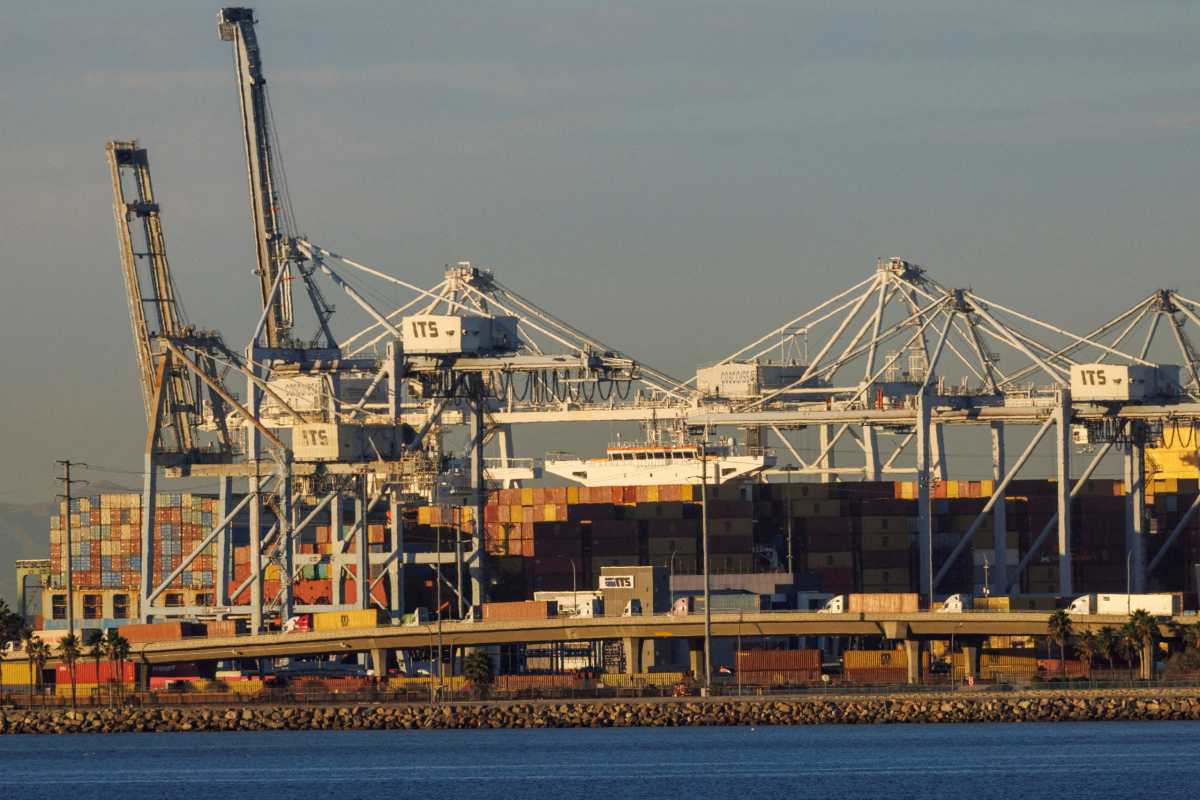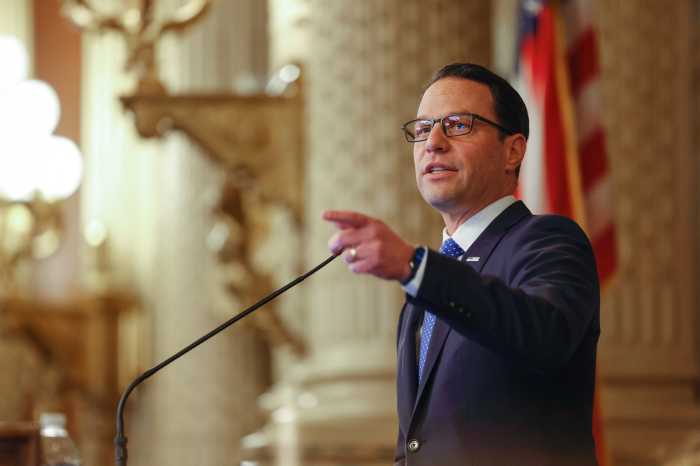By Lucia Mutikani
U.S. producer prices increased by the most in eight months in January amid a surge in the cost of hospital outpatient care and goods such as food and motor vehicles, another sign that high inflation could persist through much of this year.
Broadening inflation pressures were underscored by other data on Tuesday showing a measure of prices received by factories in New York state surged to a record high in February, while manufacturers reported they continued to pay higher prices for inputs. The reports followed on the heels of news last week of a strong rise in consumer prices in January, with the annual inflation rate posting its largest increase in 40 years.
Financial markets have priced in a better-than-even chance that the Federal Reserve will raise interest rates next month by half a percentage point.
“This is further evidence of persistent and increasingly embedded inflationary pressure that should keep the Fed leaning towards even more hawkish policy,” said Andrew Hollenhorst, chief U.S. economist at Citigroup in New York. “We continue to expect data over the next month will support a 50-basis-point hike by the Fed in March.”

The producer price index for final demand jumped 1.0% last month, the biggest advance since May, after climbing 0.4% in December, the Labor Department said.
The PPI was boosted by a 0.7% increase in services, matching the gain in December.
Services were driven by a 1.6% rise in the cost of hospital outpatient care. There were also increases in wholesale retailing for machinery, vehicles, apparel, jewelry as well as footwear. The cost of hotel and motel accommodation rose as did freight transportation by trucks.
Portfolio management fees jumped 1.9%. But margins for fuels and lubricants retailing fell 9.7%. Airline fares dropped 4.2%.
Wholesale goods prices rebounded 1.3% after dipping 0.1% in December. A 0.8% rise in the prices of goods excluding foods and energy accounted for more than 40% of the broad increase in the costs of goods. Motor vehicle prices rose 0.7%.
Food prices advanced 1.6%, while energy products increased 2.5%. But prices for iron and steel scrap fell 10.7%. Healthcare, portfolio and airline fares are key components in the calculation of the personal consumption expenditures (PCE) price index, one of the inflation measures watched by the Fed.
In the 12 months through January, the PPI rose 9.7%. That followed a 9.8% surge in December. Year-on-year PPI is slowing as last year’s large increases drop out of the calculation. Economists polled by Reuters had forecast the PPI would gain 0.5% on the month and advance 9.1% on a year-on-year basis.
Stocks on Wall Street were trading higher as Russia’s withdrawal of some troops near its border with Ukraine assuaged fears of a potential Russian invasion. The dollar slipped against a basket of currencies. U.S. Treasury prices were trading largely lower.
STRONG UNDERLYING INFLATION
Excluding the volatile food, energy and trade services components, producer prices rose 0.9% in January. That was the largest increase in the so-called core PPI in a year and followed a 0.4% gain in December.
In the 12 months through January, the core PPI increased 6.9% after rising 7.0% in December.
Inflation is running well above the U.S. central bank’s 2% target. Economists are expecting as many as seven rate hikes this year. Inflation pressures are also coming from strong wage gains amid tightening labor market conditions.
With the CPI and PPI data in hand, economists are estimating the core PCE price index rose by about 0.6% in January. That would result in the year-on-year rate increasing 5.2%, which would be the largest gain since early 1983.
A shift in spending to goods from services during the COVID-19 pandemic and trillions of dollars in government pandemic relief boosted demand, which has outpaced supply, igniting inflation. An acute shortage of workers on factory floors and other places along the supply chain are making it difficult to get products to markets.
Though a survey from the New York Fed on Tuesday showed a solid improvement in employment at factories in the region, supply bottlenecks persisted, with delivery times continuing to lengthen. As a result, the survey’s measure of prices paid by factories was little changed near its recent peak.
Its gauge of prices received by manufacturers soared seventeen points to a record high of 54.1. High inflation and snarled supply chains left manufacturers less optimistic about business conditions over the next six months. The survey’s measure of future business conditions dropped seven points to 28.2, the lowest reading since the early stages of the pandemic.
While the Institute for Supply Management (ISM) surveys and data on inventory accumulation have suggested some easing in supply constraints, that has not been evident in the PPI data.
“In the months ahead, the PPI will be an important bellwether to gauge if supply chain easing could lead to cooler consumer prices,” said Will Compernolle, a senior economist at FHN Financial in New York.
“We don’t expect immediate pass-through, but an eventual slowing in producer price increases would be a sign firms are able to increase capacity to meet strong demand.”
Reuters






























